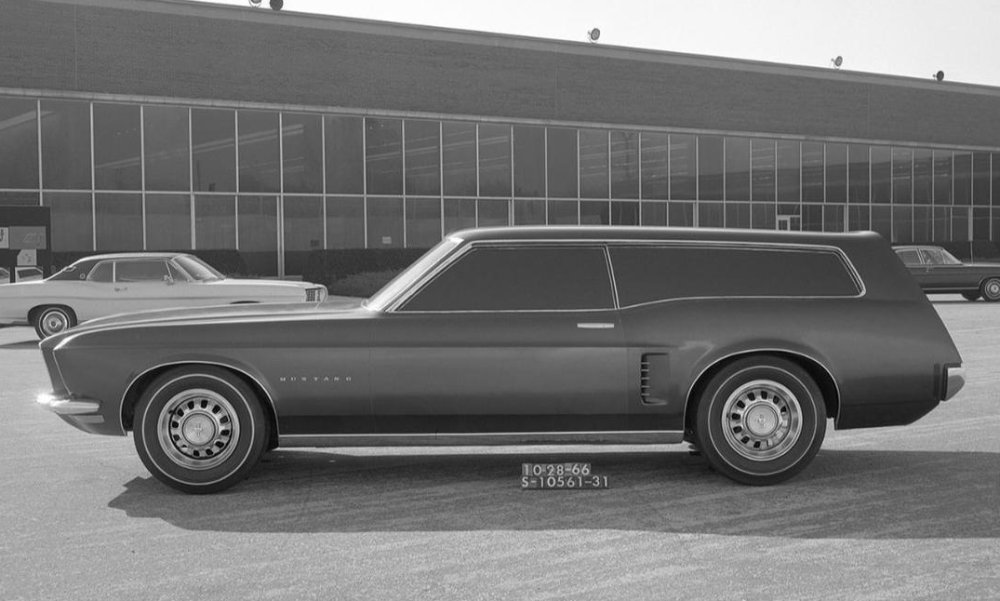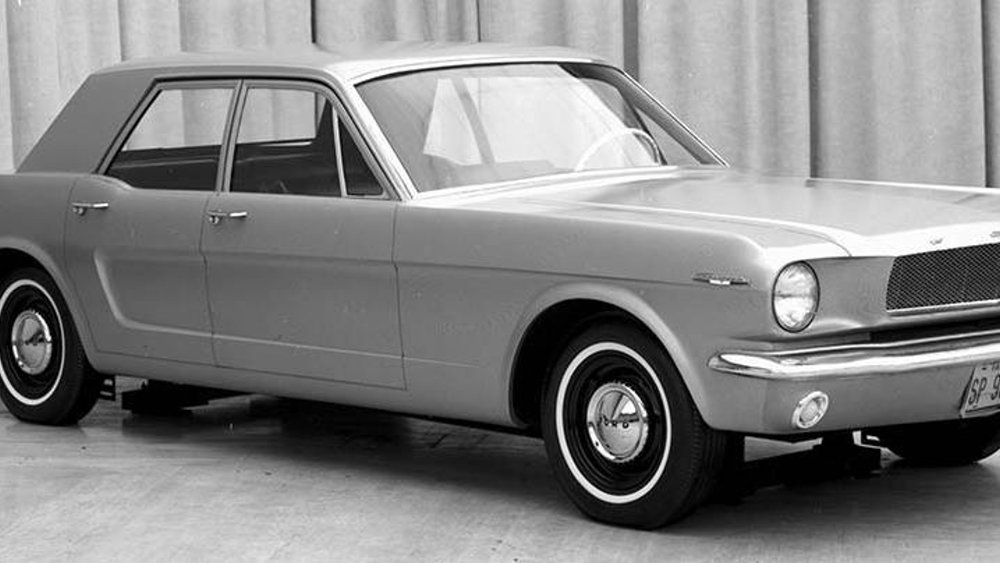A Look Back at Mustang Concepts that Didn’t Make the Cut
Ford’s Mustang would be wildly different if any of these concepts became real products.
When Ford Motor Company introduced the Mustang at the World’s Fair in April 1964, they had an instant success on their hands. The mighty Mustang has gone through a great many changes over the past 50+ years, but if any of these concepts had been approved for production, the face of the fabled pony car could look very different today.
The San Diego Union Tribune put together a great piece looking at classic Mustang concepts that didn’t make it to production. While these cars never advanced past the concept phase, cues from many of these cars did make it to production models and today, we look at some of the most interesting concepts from the early years of the Ford Mustang.
Before the Mustang
While the Ford Mustang made its grand introduction in 1964, designers from the Motor Company had been working on their new sports car in the early 1960s. A few of these concepts were named the Avventura, the Avanti, and the Allegro, and while these models never made it to production, the car shown below – the Allegro – would lead to the basic layout of the famous pony car.
Build on Popularity
After the Ford Mustang 2+2 was such a smashing success, the Motor Company was searching for ways to capitalize on the popularity of their new sports car. They did so by designing the wagon (shown atop this piece) and the sedan (shown below), neither of which ever made it to production.
Ford would use aspects of the Mustang over the years on other models, but fortunately, the pony car was never offered with two extra doors or a big cargo area.
The 2g Redesign
As the Mustang raced into the 1970s, Ford was looking for ways to make it more appealing to more prospective buyers and one approach was to give the car a more futuristic look. The Mustang Milano Concept was the result of those goals and in the picture below, you can see the lines of the second generation car, although this concept had a rear end unlike anything that has ever been on a production pony car.
Too Soft, Too Tough
Finally, as the Fox Body generation headed into its third decade, Ford was looking to introduce a new, curvier pony car. Two particular concepts were created and scrapped for obvious reasons.
One was known as the Bruce Jenner Concept because execs felt that it wasn’t aggressive enough, but in the image above of that sleek Mustang, you can see the rear end design of the production SN95 along with a front end that looks similar to the Ford Taurus.
The other was known as the Rambo Concept, because it was deemed too tough. Hopefully they thought that it was a little too tacky as well, as the car shown above is hard to look at – appearing to be more like something you would see in a video game than at your local Ford dealership.






